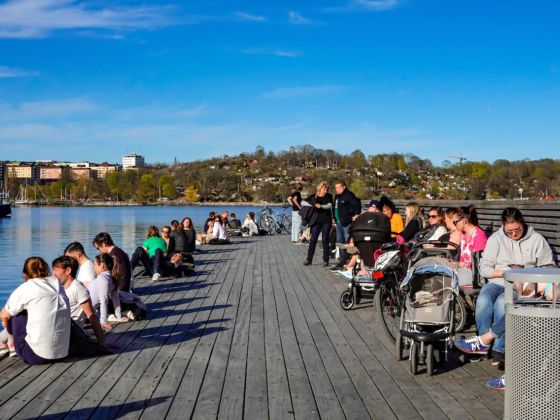Since the start of the coronavirus crisis, Sweden surprised the world by taking a very different approach to the viral threat than its neighbors and, in fact, than most of the rest of the world.
Rather than forcing businesses like shops to close, the government has asked citizens to stay home where possible and to avoid visiting nursing homes. Gatherings of up to 50 people are permitted, bars and restaurants are in business, and public schools under the high-school level are open. That means every weekday kids up to 15-years-old are joining their classmates and learning from teachers, in person.

